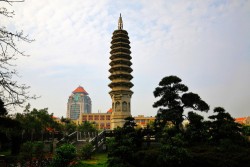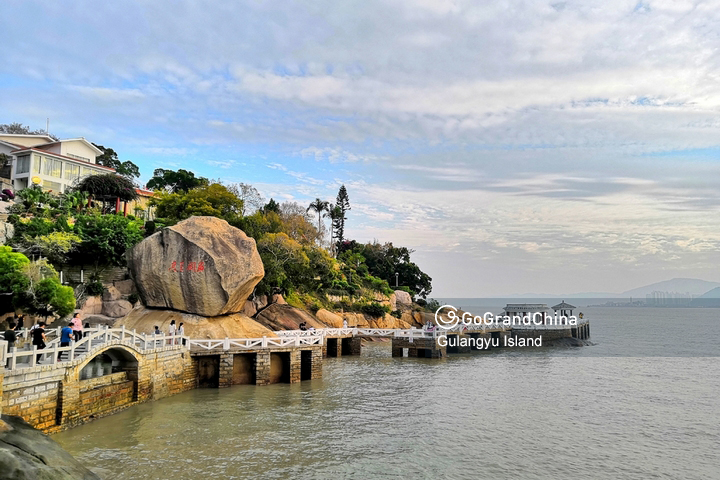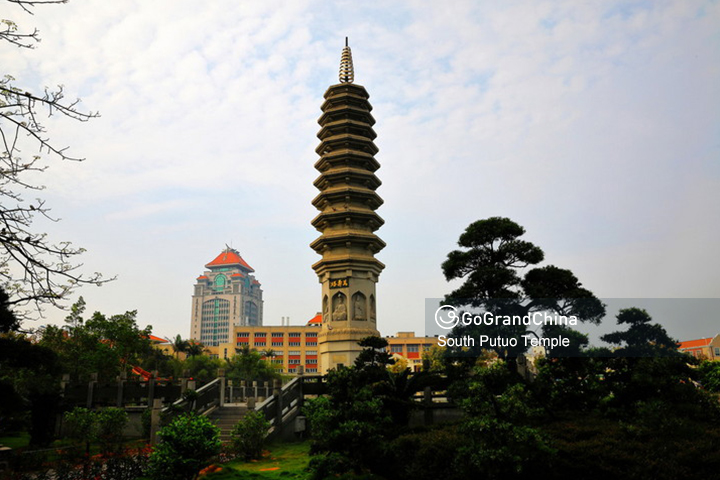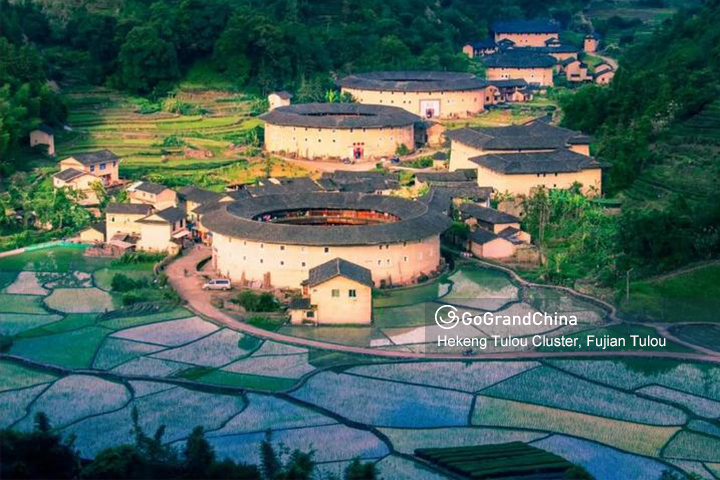You have no items in your shopping cart.


You can’t go to Xiamen and not see these 3 must see Xiamen attractions
Xiamen is a beautiful port city in southeast China's Fujian province. It has been an important port for centuries. The name Xiamen means "door to the house", referring to the city's centuries-old role as a gateway to China. If you’re planning a trip to Xiamen, no matter the length, there are some sights you just need to see. To help you plan your trip to Xiamen, we’ve created a list of the 3 must see Xiamen attractions for your reference. Use this as a checklist if you want to make the most out of your Xiamen trip.
Here are 3 stunning Xiamen tourist attractions you have to visit when you are in the city!
1. Gulangyu Island
Just off Xiamen’s coast, Gulangyu Island is about 2 square kilometers (0.77 square miles) in area and renowned for its beaches, winding lanes and rich architecture. Gulangyu had constituted an international settlement in the early 20th century. The consulates, churches, hospitals, schools, police stations, etc. built by foreign communities explain the predominantly Victorian-era style architecture that can still be seen throughout Gulangyu Island. As a place of residence for Westerners during Xiamen's colonial past, Gulangyu is famous for its architecture and for hosting China's only piano museum, giving it the nickname of "Piano Island" or "The Town of Pianos" or "The Island of Music" . Head up to Sunlight Rock for panoramic views over the island and Xiamen. Elsewhere on the island, you can take a stroll around Shuzhuang Garden with its bamboo forest, caves and sea-view slopes, and Piano Museum which has exhibits on the history and culture of pianos, including a collection of over 100 models from across the world. Get more about Gulangyu Island.

2. South Putuo Temple
Situated on the southeast coast of Xiamen Island, at the foot of the Wulao Peaks mountain range, South Putuo Temple has been a Buddhist temple site for more than a millennia. The temple buildings that stand today were mostly constructed in 1684 and feature traditional Qing architecture. Strolling around its extensive grounds, you’ll come across terraces, pools and pagodas, with views out over the sea. The temple comprises three main halls set around an attractive courtyard where the Bodhisattva Guanyin was mainly worshipped. Get more about South Putuo Temple.

3. Fujian Tulou
The Fujian Tulou are the most representative and best preserved examples of the tulou of the mountainous regions of south-eastern China. The large, technically sophisticated and dramatic earthen defensive buildings, built between the 13th and 20th centuries, in their highly sensitive setting in fertile mountain valleys, are an extraordinary reflection of a communal response to settlement which has persisted over time. The tulou, and their extensive associated documentary archives, reflect the emergence, innovation, and development of an outstanding art of earthen building over seven centuries. The elaborate compartmentalised interiors, some with highly decorated surfaces, met both their communities’ physical and spiritual needs and reflect in an extraordinary way the development of a sophisticated society in a remote and potentially hostile environment. The relationship of the massive buildings to their landscape embodies both Feng Shui principles and ideas of landscape beauty and harmony. Get more about Fujian Tulou.
